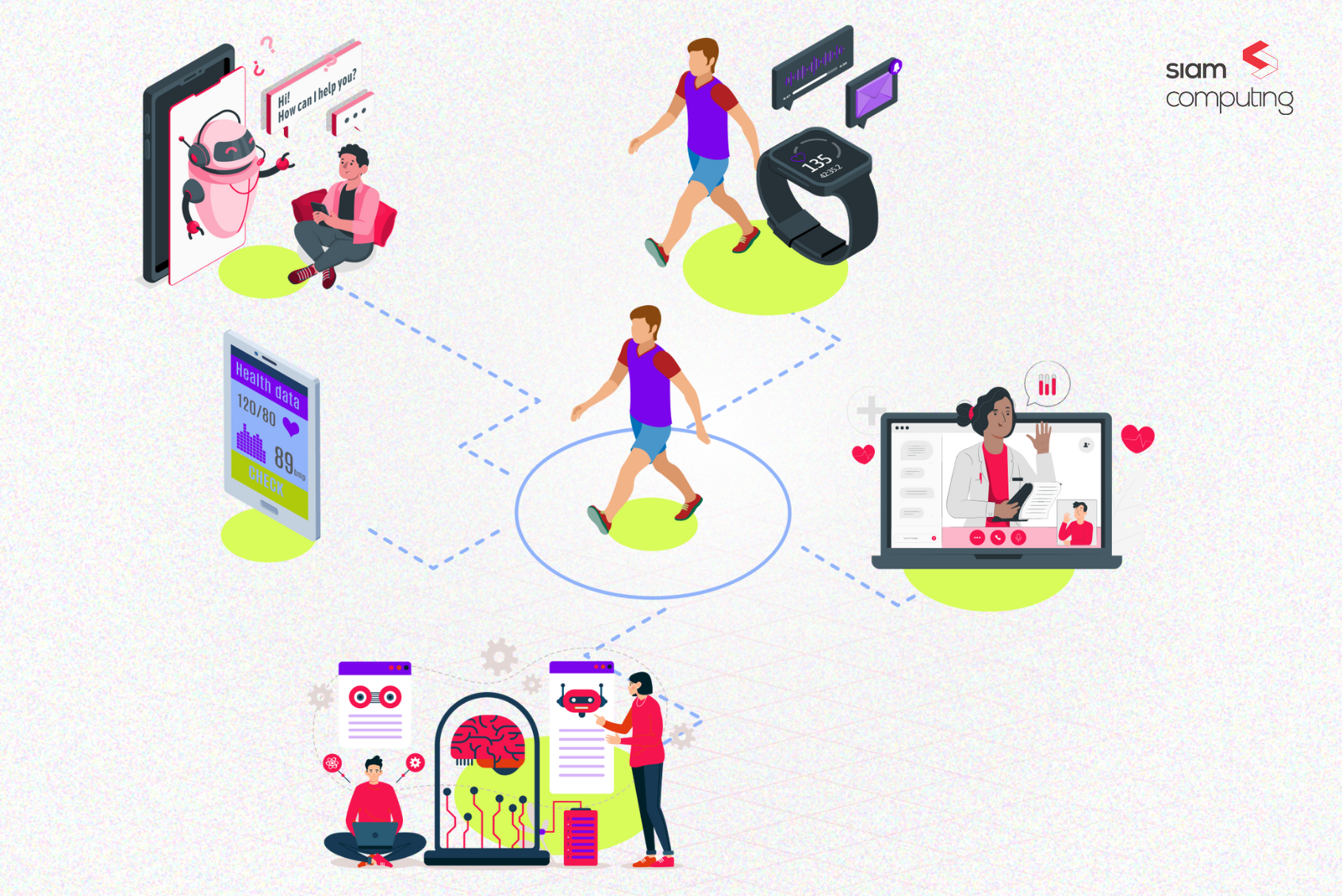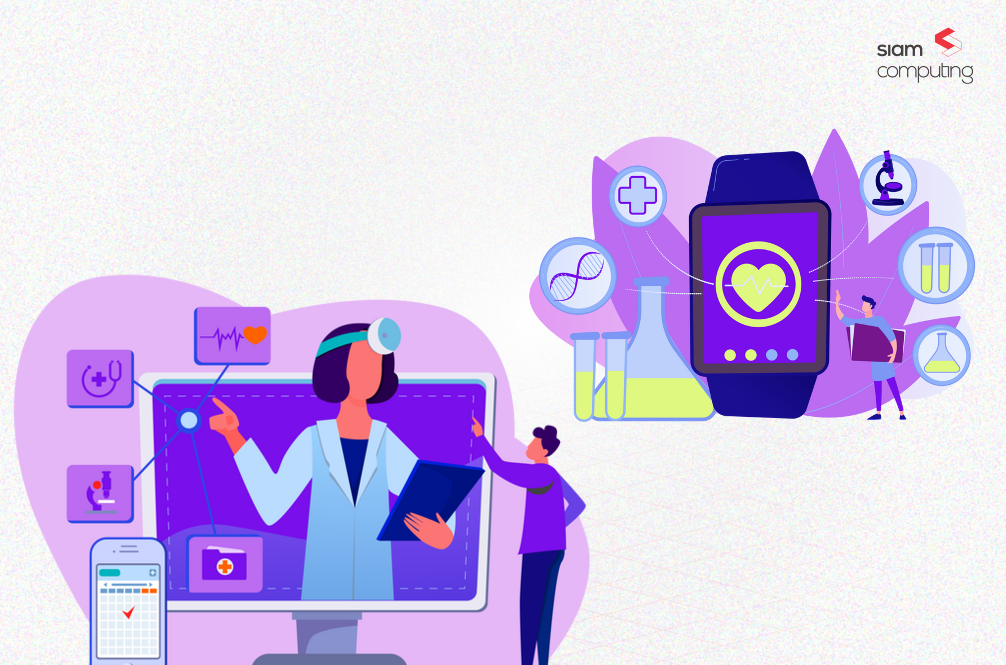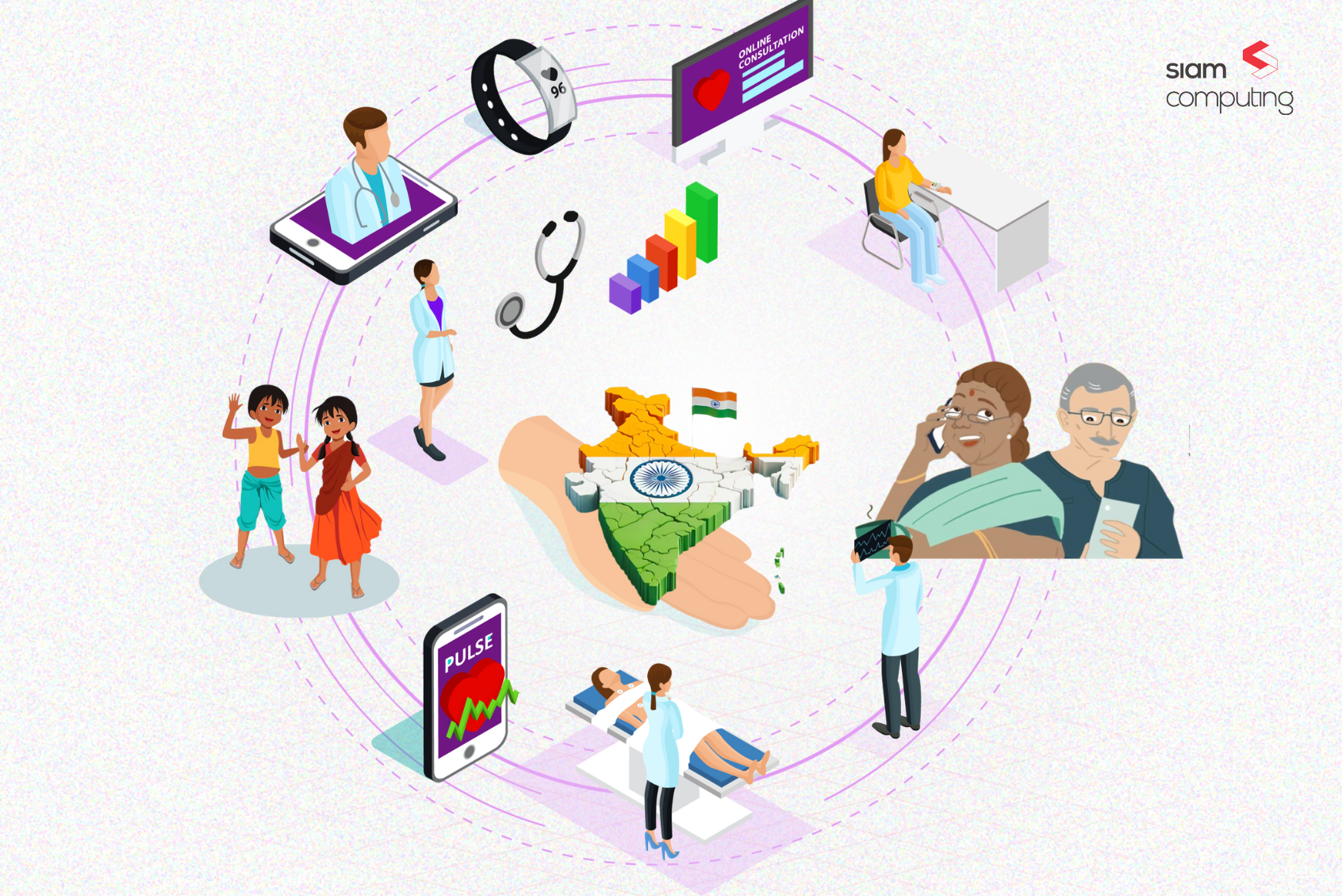Our current healthcare landscape operates on disparate systems. Electronic Medical Records (EMRs) and Electronic Health Records (EHRs) come in a bewildering array of flavors, each with its own quirks and functionalities. Payer portals, the gateways for providers to interact with insurers, add another layer of complexity.
Combined, they have time and again been proven to be major hindrances towards delivering better patient experience and healthcare outcomes.
For healthcare decision-makers wrestling with this fragmented environment, the dream is a seamlessly integrable payer portal. A portal that transcends the limitations of specific systems, effortlessly connecting with any EMR/EHR and effortlessly conforming to international guidelines. We explore how that’s possible in this guide.
The Interoperability Imperative
Interoperability, the ability of disparate systems to exchange data seamlessly, is the cornerstone of a truly integrated payer portal. It ensures smooth data flow between providers, payers, and patients, eliminating the need for manual data entry and reducing errors.
Here’s why interoperability is critical:
- Reduced Administrative Burden: Automating data exchange eliminates the need for manual data entry and form filling, freeing up time for patient care.
- Improved Accuracy: Data flows directly between systems, minimizing errors and discrepancies.
- Enhanced Patient Care: Streamlined data access allows for better-informed care decisions and improved coordination.
- Increased Efficiency: Automation optimizes workflows, leading to faster claims processing and improved financial performance.
Charting Your Course: International Guidelines and Frameworks
Building an interoperable payer portal requires adherence to established standards and frameworks. Here are some key players:
- HL7 FHIR (Fast Healthcare Interoperability Resources): This is a rapidly evolving standard for healthcare data exchange. FHIR defines a standardized way to represent and exchange healthcare information, enabling seamless communication between systems.
- OpenEHR: This open-source EHR architecture promotes interoperability by standardizing the way clinical data is captured, stored, and shared.
- IHE (Integrating the Healthcare Enterprise): IHE promotes the use of standardized protocols to facilitate interoperability between disparate healthcare systems. They publish technical frameworks that address specific healthcare integration needs.
- SNOMED CT (Systematized Nomenclature of Medicine – Clinical Terms): SNOMED CT provides a comprehensive terminology for healthcare concepts, ensuring consistent and unambiguous representation of clinical data across systems.
These are just a few of the key players. Healthcare stakeholders need to stay updated on the evolving landscape internationally.
For instance, India just launched NHCX – a centralized and open standard based communication protocol that is designed to be interoperable, machine-readable, auditable, and verifiable. It facilitates the exchange of health claim information between payers, providers, beneficiaries, and other relevant entities for the entire nation of 1.3 billion people.
So, aligning your portal with relevant standards internationally is crucial too for achieving true interoperability.
Connecting with the EMR/EHR Landscape
The next step is understanding the EMR/EHR landscape. Here are some of the most widely used systems in 2024.
- Epic: A dominant player known for its comprehensive and highly customizable EHR system. They recently announced an update to their FHIR API, furthering their commitment to interoperability.
- Cerner (acquired by Oracle in 2022): Offers a robust EHR solution with a strong presence in the hospital market. The acquisition by Oracle has fueled speculation about potential integration with Oracle’s cloud infrastructure, which could enhance scalability and data exchange capabilities.
- Athenahealth: A cloud-based EHR system known for its user-friendliness and focus on ambulatory care. They recently partnered with a leading health information exchange (HIE) to streamline data sharing between providers and payers, a key element for seamless integration.
- Meditech: A well-established EHR vendor with a strong international presence. They’ve been actively involved in industry discussions on interoperability standards, showcasing their commitment to creating a more connected healthcare ecosystem.
These are just a few examples. Researching the specific APIs and data exchange formats supported by the most prevalent EMR/EHR systems in your target market is essential.
As you can see, these companies are increasingly recognizing the importance of interoperability and are taking steps to ensure their systems can seamlessly integrate with payer portals and other healthcare IT solutions.
Beyond the Basics: Advanced Considerations for Seamless Integration
While adherence to standards is crucial, there’s more to achieving seamless integration. Here are some additional considerations:
- Standardization Beyond Data: Standardize not just data formats, but also workflows and user interfaces. This ensures a consistent user experience across different EMR/EHR integrations.
- Data Mapping and Transformation: Data formats might differ slightly between systems. Implement robust data mapping and transformation tools to ensure seamless data exchange.
- Security and Privacy: Ensure your portal adheres to HIPAA (Health Insurance Portability and Accountability Act) regulations and other relevant data privacy laws. Implement robust security measures to protect sensitive patient information.
- Scalability and Performance: Design your portal to handle large volumes of data traffic efficiently.
Two Most Common Integration Strategies for Payer Portals
With a firm grasp of interoperability standards and the EMR/EHR landscape, we can delve into integration strategies. Here are two common approaches:
- Direct API Integration: This involves developing custom integrations with each target EMR/EHR system. While offering a high degree of control, it can be time-consuming, expensive, and requires ongoing maintenance as systems evolve.
- Aggregator-Based Integration: This leverages third-party health data exchange (HDE) platforms, that aggregate data from various EMR/EHR systems. This approach is faster, more cost-effective, and requires less maintenance, but may limit the level of customization.
The optimal approach depends on your specific needs and resources. Consider factors like the number of EMR/EHR systems you need to integrate with, your budget, and the level of customization required.
Beyond Integration: Building a User-Centric Portal
A truly seamless payer portal goes beyond technical integration. Here’s how to create a user-friendly experience:
- Intuitive Interface: Design a user interface that is intuitive and easy to navigate, regardless of the user’s familiarity with different EMR/EHR systems.
- Role-Based Access Control: Implement role-based access control to ensure users only see information relevant to their role, enhancing security and streamlining workflows.
- Real-Time Data Visibility: Provide real-time data visibility into claims status, eligibility, and other critical information, allowing providers to make informed decisions quickly.
- Actionable Insights: Go beyond raw data by offering tools for analytics and reporting. This empowers providers to identify trends and make data-driven decisions to improve efficiency and patient care.
Building the Most Interoperable Payer Portal: How Siam Can Help
Building a seamlessly integrable payer portal is a complex but rewarding endeavor. At Siam Computing, we possess the expertise and experience to guide you through every step of the process.
Our team of healthcare and technology experts can help you:
- Define your integration strategy based on your specific needs.
- Develop custom integrations or leverage HDE platforms for efficient data exchange.
- Design a user-centric portal that is intuitive and easy to navigate.
- Implement robust security measures to ensure data privacy and compliance.
- Stay up-to-date with the latest technologies and integrate them into your portal for a future-proof solution.
Contact us today to discuss your vision for a seamless payer portal and let us help you turn that dream into reality.








